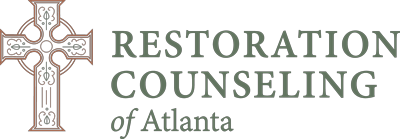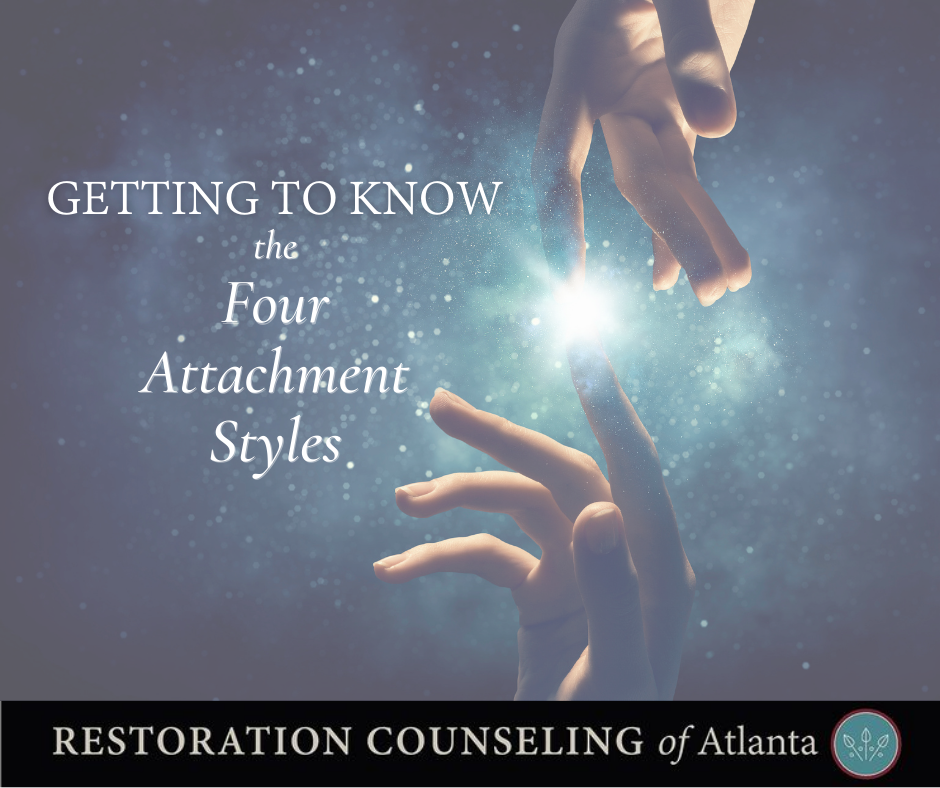“Connection is why we’re here. We are hardwired to connect with others, it’s what gives purpose and meaning to our lives, and without it there is suffering.” – Brene Brown
It would be difficult to find a more important contribution to our understanding of connection than Attachment Theory. John Bowlby, the founder of attachment theory, identified the impact that the early parent-child relationship has on a person’s social, emotional, and cognitive development. Mary Ainsworth built on Bowlby’s work through her studies observing parents and infants’ patterns of separation and reunion. What came from their work, and many others’ along the way, is a helpful theory of understanding human connection and its impact on us throughout our lives.
As Brene Brown shares, we are wired for connection and we suffer when we lack this biological need. You might experience this in a lonely season or when a relationship ends. Just as healthy relationships contribute to flourishing, damaging or absent relationships can lead to suffering. Bowlby determined that the earliest years of our lives, between ages 0-5, are fundamental in determining how we relate to others in years to come. Attachment theory calls these patterns “attachment styles,” and breaks it down into four different styles of attachment. Understanding these styles gives us context for our own relationships.
The Four Attachment Styles
Anxious (Preoccupied) Attachment
People who identify with an anxious attachment style prioritize the relationships in their lives. They try to keep relationships close and struggle with a deeper fear of abandonment and rejection. Departures bring up uncomfortable feelings, and they often seek reassurance from others to know where they stand. Their caregivers were typically inconsistent, leading to an inability to rely on them for support and nurturing. They never quite knew what to expect which created anxiety, panic, and the need to seek out comfort. This person typically places high emphasis on relationships for worth and acceptance and questions their lovableness when connection feels unstable.
Avoidant Attachment
People who lean towards an avoidant attachment style are seen as more independent. They value taking care of themselves and have learned that relying on relationships can be risky from past experiences. They struggle with being vulnerable, often staying guarded as relationships progress. People with this attachment style experienced emotionally unavailable, dismissive, or absent caregiving, leading to unmet needs on the child’s part. They relied on themselves to meet their needs at an early age. This person places high emphasis on self and questions the safety of others.
Disorganized Attachment
A person with a disorganized attachment style might oscillate between desiring close relationships and pushing them away. This attachment style develops when caregivers have posed a threat to the child’s safety. This creates confusion for the child who depends on their caregiver for basic needs, while also experiencing danger and abuse at their caregiver’s hand. This makes it incredibly difficult to trust others and their intentions when developing relationships. They wrestle with two seemingly opposing needs: the need for belonging and the need for survival. They genuinely desire relationships, but need to protect themselves at the same time, which often leads to inconsistent behaviors which impacts their connections.
Secure Attachment
In secure attachment, a person is able to develop healthy, mutual, and fulfilling relationships. They can move towards connection while maintaining a sense of self. They also learn to ask for what they need and rely on others, while fostering their own autonomy. Their caregivers were generally reliable, responsive, and emotionally available to meet their needs. The child felt safe to explore while trusting their caregiver was present and available when needed. A person with secure attachment still struggles in relationships from time-to-time, but is able to separate those experiences from the question of their worth or others’ safety.
The Good News about Attachment
It might be difficult to read about these attachment styles and identify with insecure attachment traits. After all, studies show that 40-50% of us relate to one of the insecure attachment styles. If you’ve struggled with building secure relationships and haven’t understood why, your attachment style can help make sense of your experience and put language to certain struggles. It’s important to remember that these styles were formed out of our basic needs for safety and connection. They are adaptive responses to an environment that did not always provide what we needed. With that understanding, we can see them as resilient coping tools that we have relied on, even if they are hurting us now.
The good news is that our attachment styles have the capacity to change as we experience safe relationships. According to Diane Heller, attachment and trauma expert, we are all built for secure attachment and designed to move towards relational healing throughout our lives. We do this through (you guessed it!) consistent, reliable, and supportive relationships that provide a corrective experience to our earlier encounters. This can take place with an attuned therapist, a reliable friend, a safe partner, or a gentle and loving pastor. And as followers of Christ, we have access to the most secure, safe relationship that exists. God is always consistent, reliable, available, and attuned to us. God wired us for connection, and we can rest assured that our needs for belonging and safety are fully met in him.
 Written by Haley DePrato
Written by Haley DePrato

